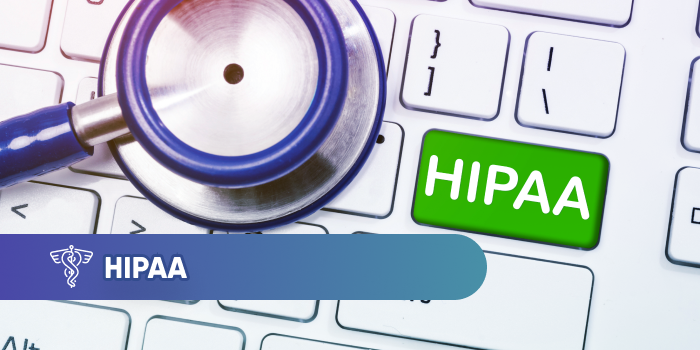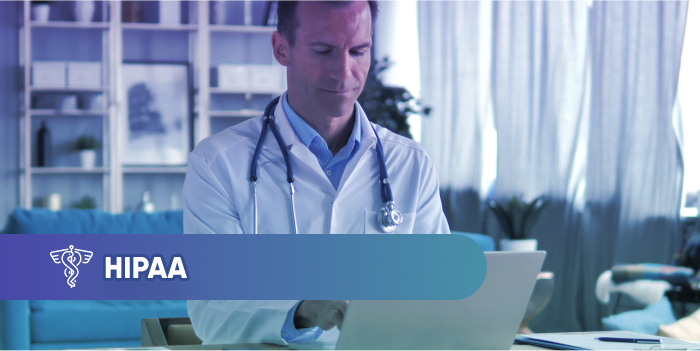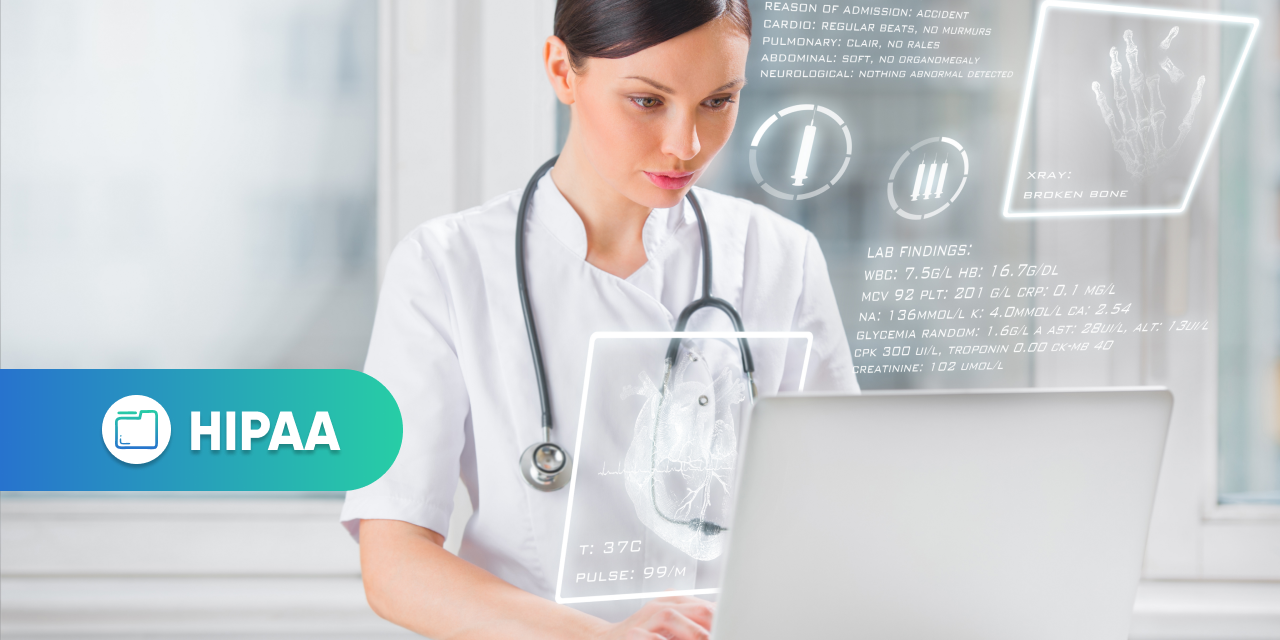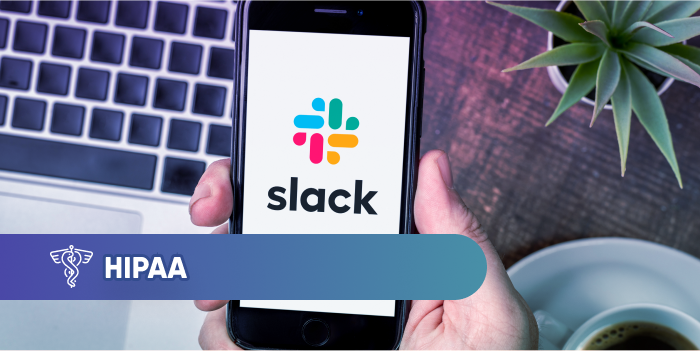Is Email HIPAA Compliant? How to Send HIPAA Compliant Emails
Recent events have shown us that in-person visits to the doctor’s aren’t always a viable option. The COVID-19 outbreak presented many challenges for...

Communication technology certainly makes day-to-day medical practices more efficient. Healthcare professionals use devices, such as smartphones and laptops, to communicate and collaborate with their patients regarding medical concerns. They make calls, send documents, or exchange information using various forms of communication. However, these practices may leave your medical organization vulnerable to hacking and leakage of personal information.
Healthcare providers need to protect private patient information. But with the introduction of new technologies, the same devices and channels that allow easier and more accessible communication between healthcare professionals and their patients can create a security threat in a clinical setting.
Fortunately, healthcare professionals and organizations have access to HIPAA-compliant electronic communications technologies to protect their patients’ private health information.
The Health Insurance Portability and Accountability Act (HIPAA) protects sensitive patient data. The main goals of HIPAA, include but are not limited to:
In general, HIPAA protects sensitive patient medical data while allowing covered entities to adopt new technologies to deliver quality and efficient patient care.
The following types of individuals and organizations fall under the covered entities of HIPAA:
The United States Department of Health and Human Services (HHS) published two regulations known as HIPAA Privacy Rule and HIPAA Security Rule to define the regulations protecting patients’ private data.
The Privacy Rule refers to the national standards for the protection of health information. At the same time, the Security Rule establishes national measures to safeguard the storage and transferring of health information in an electronic form.
To become HIPAA compliant, healthcare organizations and entities associates may implement any HIPAA regulations to safeguard the privacy, confidentiality, and availability of any PHI.
In case a covered entity must disclose protected health information without an individual’s authorization, the following purposes or situations are valid to allow such action:
It is crucial to address electronic communication in today’s clinical setting as it plays a vital role in the health sector. However, the rise in adopting communication technologies posts potential security risks such as data breaches.
HIPAA provides guidelines and regulations to ensure data security and the protection of PHI in various communication platforms.
As mentioned above, the HIPAA Security Rule outlines technological security for protecting electronic transmission, storage, and use of PHI. It also sets standards for the computer and network access to PHI.
The major technology-related policies in the HIPAA Security Rule include:
Other technological policies for HIPAA Security Rule compliance include integrity controls or measures to ensure that there would be no alteration and destruction to all PHI.
The HIPAA Security Rule is more important than ever, especially as healthcare organizations and other entities handling PHI shift to electronic medical records (EMRs) and other digital communications tools.
The application of HIPAA compliance in the use of telehealth data communication has its advantages. Healthcare organizations report increased communications cycle, productivity, and patient satisfaction after implementing HIPAA-compliant technology.
Medical practices gain advantages from HIPAA-compliant communication technology, such as:
These are just a few advantages of HIPAA-compliant technology. Implementing a secure communication system comes with many benefits.
HIPAA sets the standard for the security of patient information. Any healthcare that handles digital patient data, must ensure that all security measures involving electronic PHI are HIPAA-compliant.
When clinical staff use an unsecured communication channel, such as text messaging, to share a patient’s information, the sensitive data could fall into the wrong hands. This practice violates HIPAA compliance regulations.
According to the HIPAA Journal, 3,705 healthcare data breaches happened from 2009 to 2020, resulting in the loss, theft, exposure, or impermissible disclosure of 268,189,693 healthcare records. The healthcare data breach statistics identify hacking and unauthorized access or disclosure incidents as the leading causes of healthcare data breaches.
If a healthcare data breach occurs, the entities could face fines and other penalties. So organizations make sure their communication technology and other digital platforms are HIPAA compliant and avoid violating any healthcare data regulations.
Other proactive measures of HIPAA compliance include:
A HIPAA-compliant communication platform allows organizations to develop new data security and accuracy level improving patient satisfaction and outcomes.
With the internet, it’s almost possible to access anyone’s personal information. Digital communication, including sharing of sensitive information, can create opportunities for data breaches. And even though communication technology helps the healthcare industry attain medical advancements, the number of data breaches compromising patient information increases.
Many healthcare providers are unaware of the potential violations of a patient’s privacy created by simply sharing a piece of information in an unsecured communication platform. Healthcare organizations need to address this issue to protect patient’s privacy and the security of their data. Fortunately, HIPAA regulations ensure the implementation of multiple safeguards to protect sensitive healthcare information.
HIPAA helps the healthcare industry to shift health information data from paper records to electronic storage. It presents functions to improve the sharing of information and collaboration of healthcare professionals. While no healthcare organization wants to disclose their patient’s sensitive information, without HIPAA, there would be no obligation from them to protect data.
HIPAA implementation on communication technology benefits patients who want to maintain the anonymity of their health records. They need to protect themselves from malicious individuals who can take hold of their health information and use it for unauthorized purposes.

Recent events have shown us that in-person visits to the doctor’s aren’t always a viable option. The COVID-19 outbreak presented many challenges for...

According to the National Coordinator for Health Information Technology Office, approximately 63% of patients who used portals were encouraged by...

The demand for remote healthcare services has increased telehealth and telemedicine uptake among medical practices, prompting them to seek out...